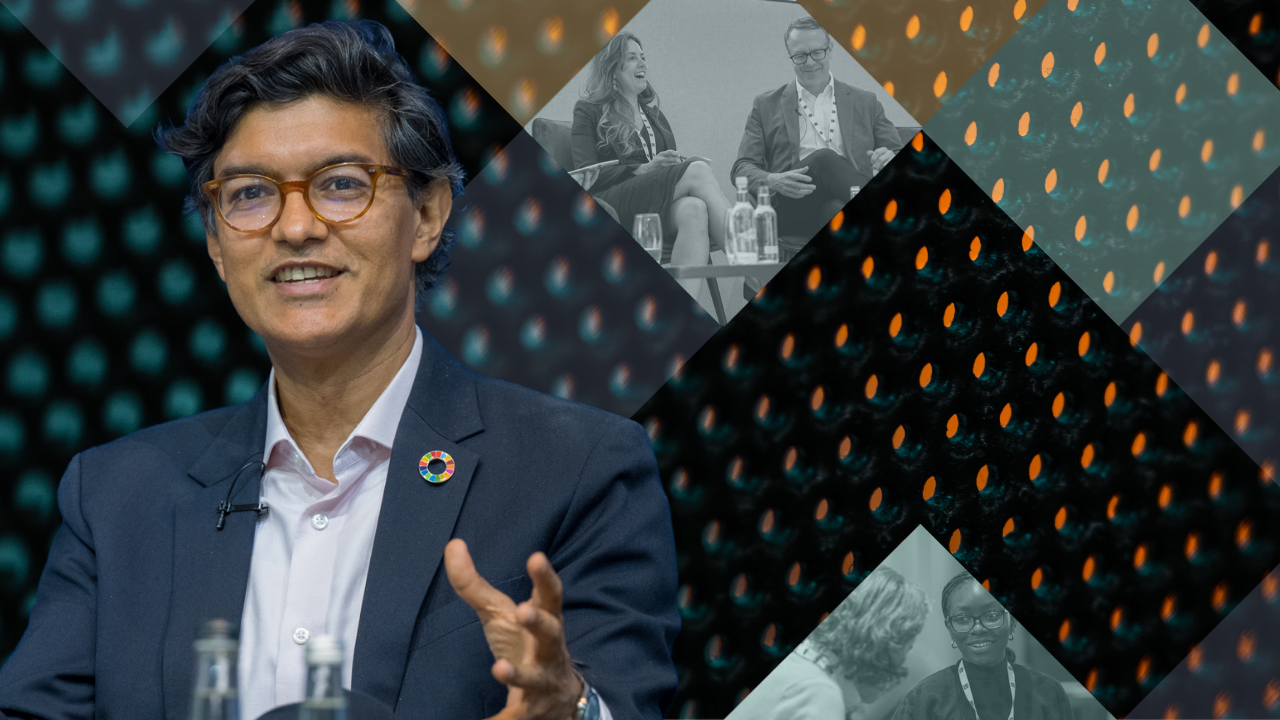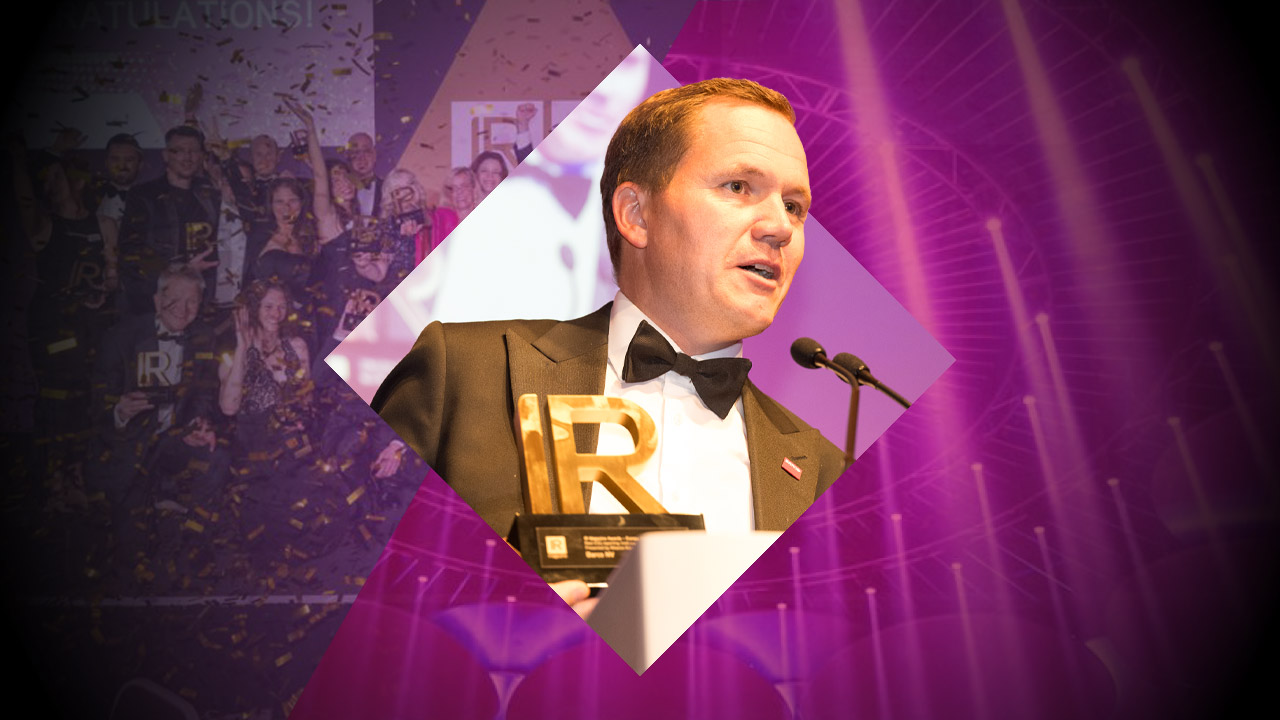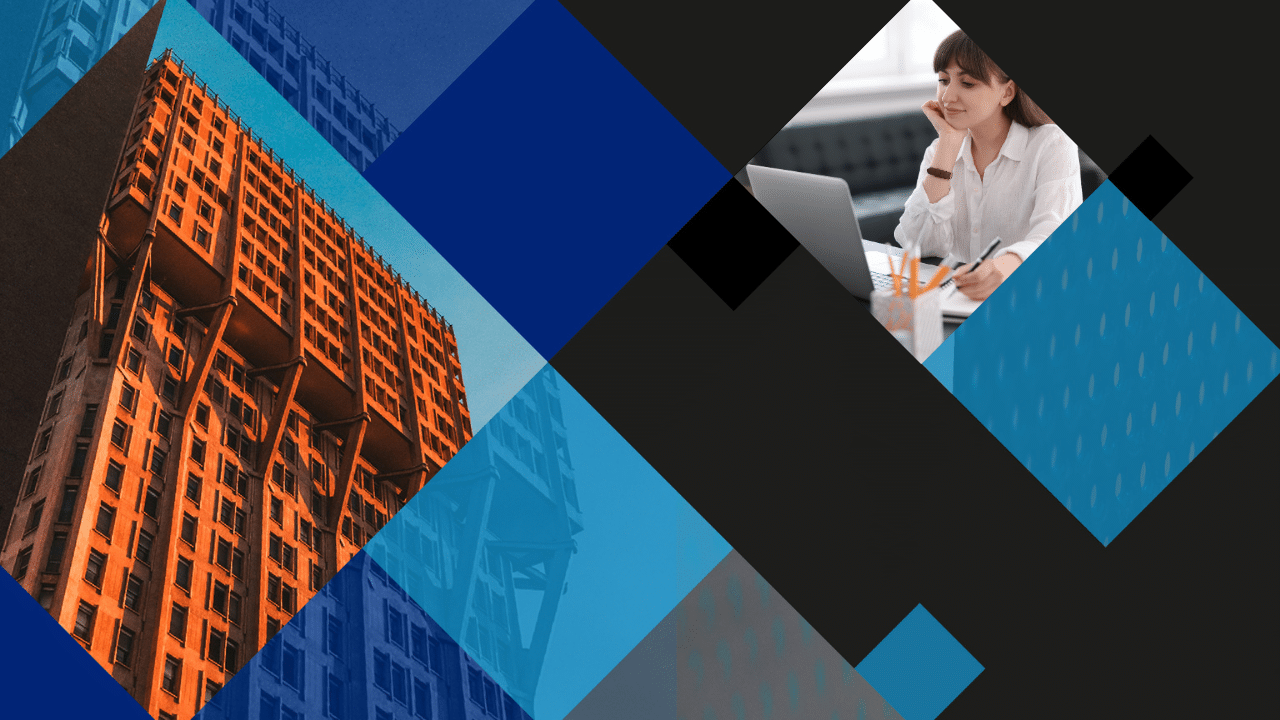Once upon a time, there was a company that consistently raised its dividend. Investors came to love that company. And its stock price increased. Then the 1990s arrived and nobody loved it anymore.
You could apply that heart-wrenching tale of corporate misery to a great number of companies that have missed out on the recent exploding multiples party. Who was invited? High-tech companies with minuscule or non-existent yields. Who got left out? Old economy stocks, dividend paying or not.
But recent market gyrations and the seesaw retreat in tech stock valuations have given investors pause, while a number of long out of favor industries have staged comebacks. The question now is: what role do dividends have in today’s shifting new economy?
For some, the answer is not much, and the numbers appear to back them up. Since 1990, the Standard & Poor’s composite dividend yield has shriveled from 3.74 to around 1 percent. And the growing trend from a quarterly pay-out to an annual one may be the first step forward total elimination of the payment.
Down but not out
To dividend defenders, this talk is an example of market over-exuberance. ‘This has been an incredible bull market, and it’s unusual. Right now, the amount of return from dividends seems insignificant in comparison to capital appreciation. But that won’t last because the historical rate of return for stocks has been 11 percent per year, so people are wrong to expect 20-25 percent every year,’ reports Gail Bardin, MD at Los Angeles-based Hotchkis & Wiley, which manages $11 bn in a value-oriented style.
Companies that have gone from quarterly to annual dividends say it’s just a cost decision and doesn’t portend ultimate removal. ‘We changed to an annual dividend because it reduces administrative costs enormously. A lot of our shareholders own just one or two shares, so often the cost of mailing out the dividend exceeds the dividend itself,’ explains Christine Castro, director of corporate communications at The Walt Disney Company, which switched to an annual dividend in 1999.
Many investors still demand dividends. When TransCanada PipeLines cut its dividend by 29 percent in December 1999, investors were furious and grilled board members at the company’s annual meeting. And British Airways is still tiptoeing around an article in the Sunday Telegraph that claimed the company’s board was ready to recommend the airline’s first-ever dividend cut. BA calls the report ‘simply a rumor.’
What to do with cash?
If reversing course on dividends is so perilous, why do companies such as Disney, Home Depot, and Intel (not exactly a troika of old economy stocks, though each has yields of less than 0.5 percent) bother? Why not transfer value to shareholders through other means?
In fact companies have many options when it comes to free cash flow, such as lowering debt, buying back stock and making acquisitions. ‘The market’s performance over the last five years shows companies have done a good job of reinvesting earnings. That’s benefited shareholders,’ says David Tillson, who manages over $1 bn at US Trust Corporation. ‘The trend has been less dividends, more buy-backs.’
Leo de Bever, VP of research and economics at Ontario Teachers’ Pension Plan Board, which oversees some $45 bn, says Canadian companies have also de-emphasized dividends. ‘A lot of Canadian companies are widely held in the US, so they’re sensitive to what happens there. But it doesn’t matter where the cash flow is represented – in the stock price or in the dividend. The determining characteristic is where the money is best deployed.’
De Bever cites a Canadian company that sold assets and paid a dividend, while another redeployed the assets in a restructuring. ‘The second company eventually realized it couldn’t redeploy money in a dying industry. It was a mistake. But I think there’s a tendency for companies to want to keep control of the company rather than reward shareholders.’
Bardin also explains that underperforming companies can buy back stock cheaply, raising their EPS. But while investors look favorably on such moves, they aren’t always the best option in the long run. ‘For a buy-back to work well, it has to be significant – 5 percent of shares outstanding – and it has to be a cheap play. If not, investors say it’s a misuse of capital.’
Widening the audience
For Disney, which paid a $0.21 dividend in 1999, dividends and buy-backs both create shareholder value. ‘Both are part of a larger capital structure. Our dividend is small compared to our share price, so we can put a lot of our free cash flow back into the company and into share repurchases. The main point is, we do both dividend and share repurchase,’ says Castro. ‘We have a lot of retail shareholders and the feedback we’ve received is that they want dividends. We’re also able to attract institutions that won’t hold a stock unless there is a dividend. So it’s a way to reach a wider audience.’
James Grant, IR director at Home Depot, says it’s important to return capital for ongoing investment, particularly to retail investors. ‘Our yield is only about 0.2 percent, so we don’t consider ourselves an income play. But paying a dividend is worthwhile. We’re not a biotech company that needs huge outlays for R&D.’ Like Disney, Grant says a dividend attracts yield-conscious investors. ‘It attracts institutions that see dividend growth as a sign of strength – we’ve raised our dividend at least once a year since 1989.’
Bill Sherman, executive MD at the Carson Group, agrees some investors look favorably on dividend growth, though he cautions companies not to tailor a strategy simply to attract this small segment. ‘Less than 2 percent of US institutions and mutual funds would buy a stock with a very small yield and wouldn’t buy it if it didn’t pay a dividend. Income investors are not only looking at dividend growth, they’re also looking for an above-market yield. It’s a question of total return.’
Hotchkis & Wiley, for example, is more concerned with above average yields, attractive PEs and financial strength. ‘We want a company to have a sound balance sheet and good cash flow, so we know it can support dividends. Companies have to meet all three criteria,’ says Bardin.
Mainly investors want to see companies make best use of capital. ‘Some companies shouldn’t pay a dividend because they need to plow back their earnings into the business, or they have volatile earnings. But there are plenty of fine companies that can pay dividends because they have substantial profits that they can count on year after year.’
Research proves ‘Companies that raise their dividends historically outperform the market,’ says Bruce Geller, senior VP with Dalton Greiner Hartman Maher & Co, a New York-based small-cap value specialist. And conservative investment is now more popular as investors seek sanctuary from market volatility. Investors now seem willing to re-evaluate the idea of receiving something up front. For Bardin, that’s welcome news.
‘Since mid-March, business has been great,’ she admits. ‘We’ve had a fantastic run-up in performance. As of last Friday, we’re ahead of the S&P 500. We told our clients a momentum and tech driven market isn’t normal and wouldn’t last, and we told them to wait it out. Now the distortion is correcting itself.’






